A Small Russian Tula Steel Dressing Table ‘Tazza’
A Small Russian Tula Steel Dressing Table ‘Tazza’
The circular concave bowl, with a border of ‘cut’ steel facets, raised upon a central turned stem centred by a ‘cut’ steel border and heavy steel square foot
Steel
Russia
Late 18th Century / Early 19th Century
SIZE: 10.5cm high, 9cm dia. - 4¹⁄₈ ins high, 3½ ins dia.
The circular concave bowl, with a border of ‘cut’ steel facets, raised upon a central turned stem centred by a ‘cut’ steel border and heavy steel square foot
Steel
Russia
Late 18th Century / Early 19th Century
SIZE: 10.5cm high, 9cm dia. - 4¹⁄₈ ins high, 3½ ins dia.
A Small Russian Tula Steel Dressing Table ‘Tazza’
The circular concave bowl, with a border of ‘cut’ steel facets, raised upon a central turned stem centred by a ‘cut’ steel border and heavy steel square foot
Steel
Russia
Late 18th Century / Early 19th Century
SIZE: 10.5cm high, 9cm dia. - 4¹⁄₈ ins high, 3½ ins dia.
The circular concave bowl, with a border of ‘cut’ steel facets, raised upon a central turned stem centred by a ‘cut’ steel border and heavy steel square foot
Steel
Russia
Late 18th Century / Early 19th Century
SIZE: 10.5cm high, 9cm dia. - 4¹⁄₈ ins high, 3½ ins dia.
The Tula arms factory was founded in 1712 as Russia’s protracted war with Sweden caused the transference to Tula of the experienced master craftsmen from the Moscow armoury. The factory continued to fulfil state orders for arms, but gradually they became employed in the manufacture of luxury goods. Catherine the Great frequently gave gifts of Tula work to foreign representatives and diplomats praising the combination of blued steel with gold and gilt metal. As they were mainly intended for the Palaces of European Royalty these articles were extraordinarily expensive.
The armourers spent decades acquiring the original skills and techniques apprenticed to masters, and in return for the non-interrupted supply of weapons to the government, the right to produce non-military luxury items was granted as a privilege to them. This privilege contributed greatly to the flourishing of the art of Tula steel making and the armourers were then also given the right to produce various items at home and trade in them without being taxed either in Russia or abroad.
The armourers spent decades acquiring the original skills and techniques apprenticed to masters, and in return for the non-interrupted supply of weapons to the government, the right to produce non-military luxury items was granted as a privilege to them. This privilege contributed greatly to the flourishing of the art of Tula steel making and the armourers were then also given the right to produce various items at home and trade in them without being taxed either in Russia or abroad.
Ex Private English collection
SEE: For a Russian Tula steel gold and silver mounted pocket snuff box, Finch and Co item no. 52, catalogue number 25, Winter 2015
SEE: For a Russian Tula steel gold and silver mounted pocket snuff box, Finch and Co item no. 52, catalogue number 25, Winter 2015
A Small Russian Tula Steel Dressing Table ‘Tazza’
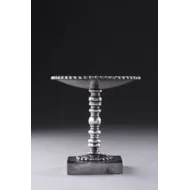
SOLD
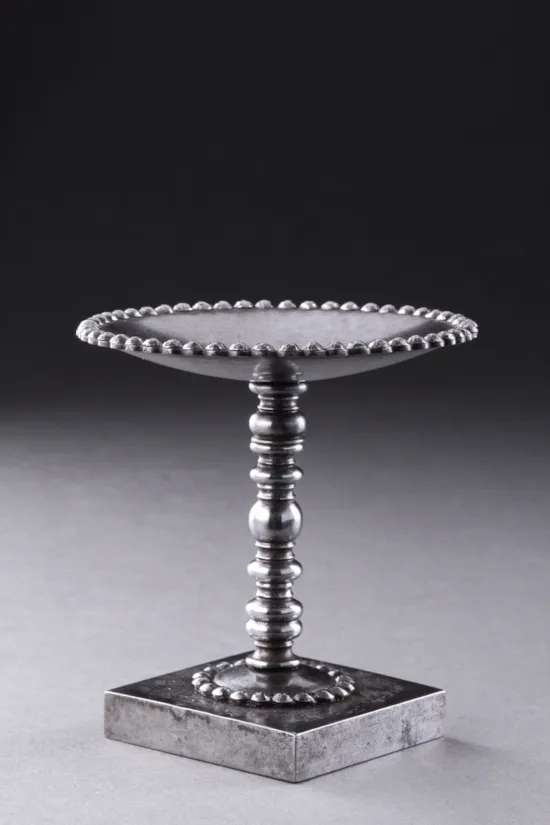
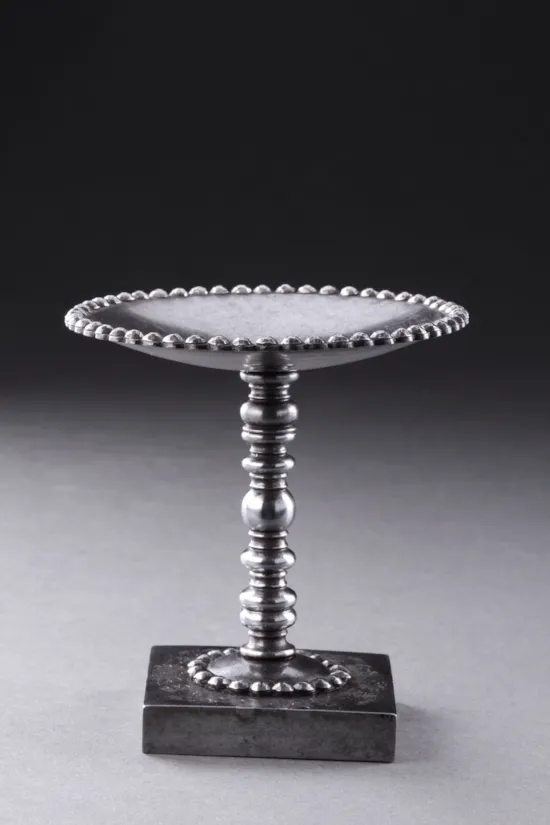
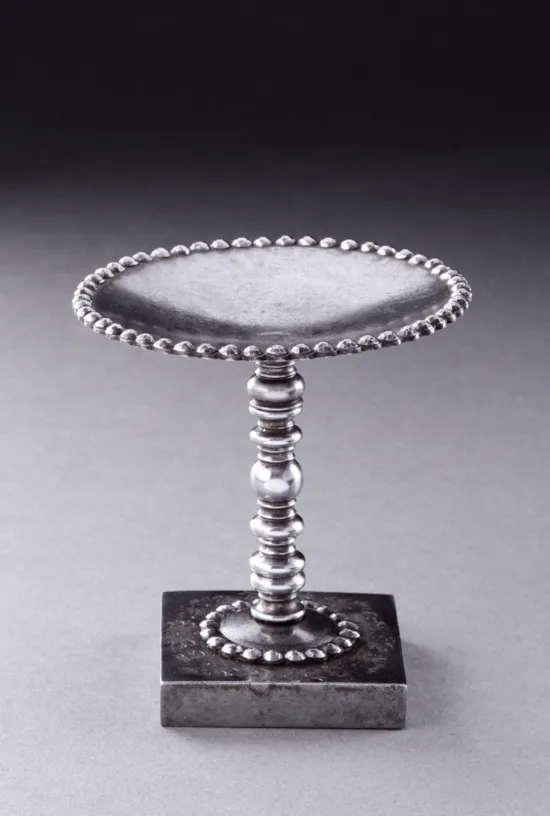
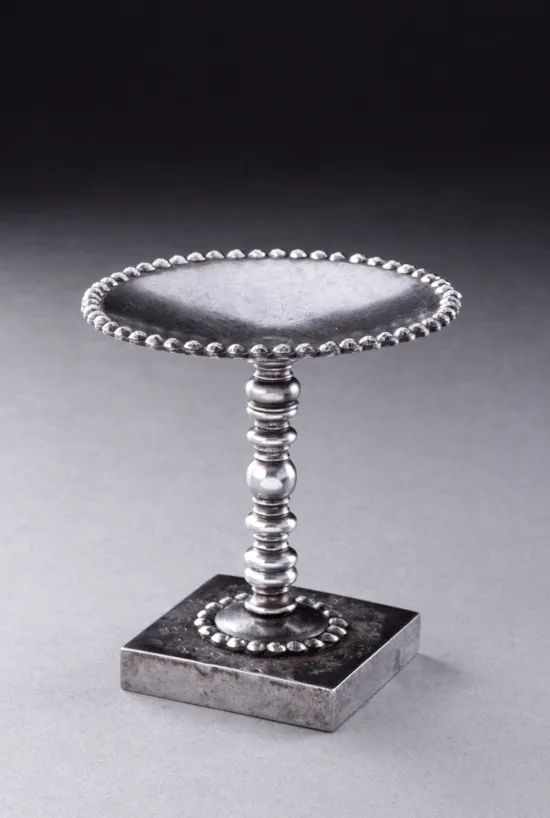
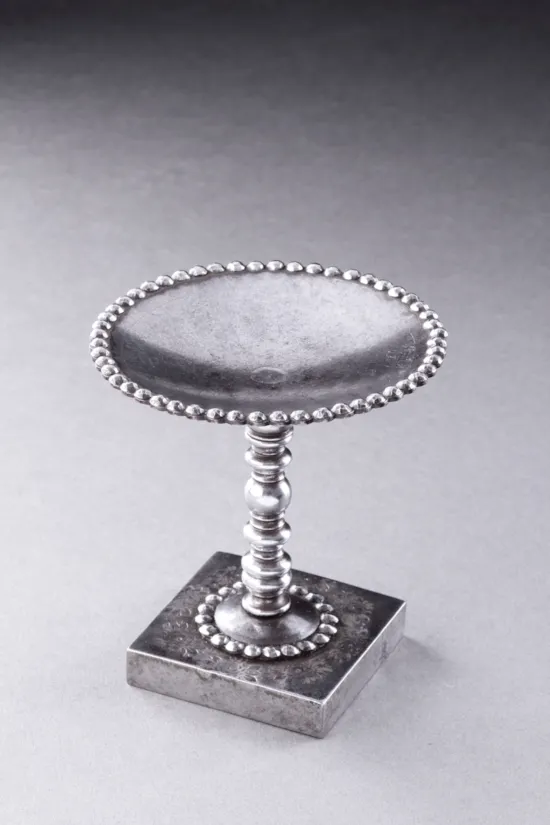
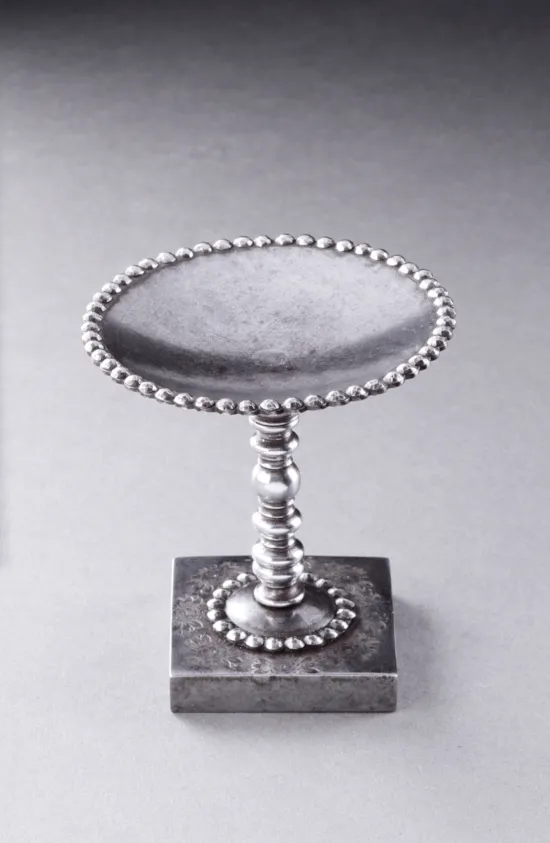
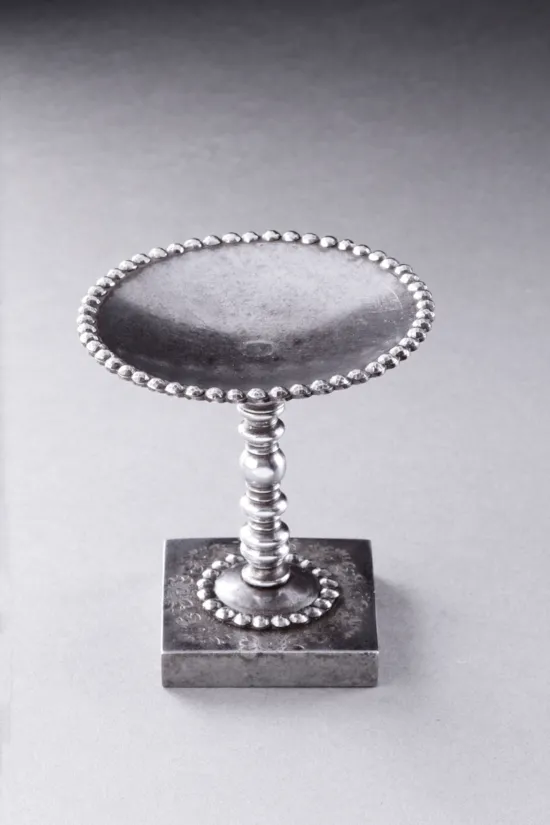
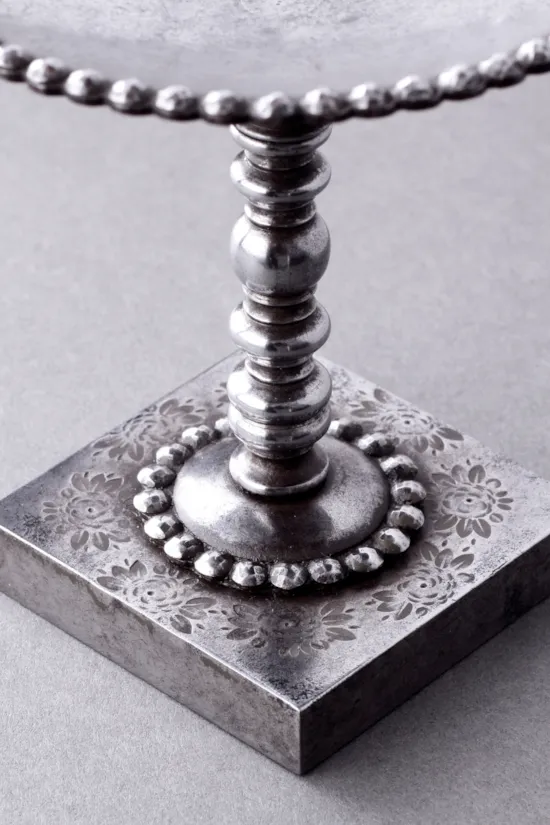
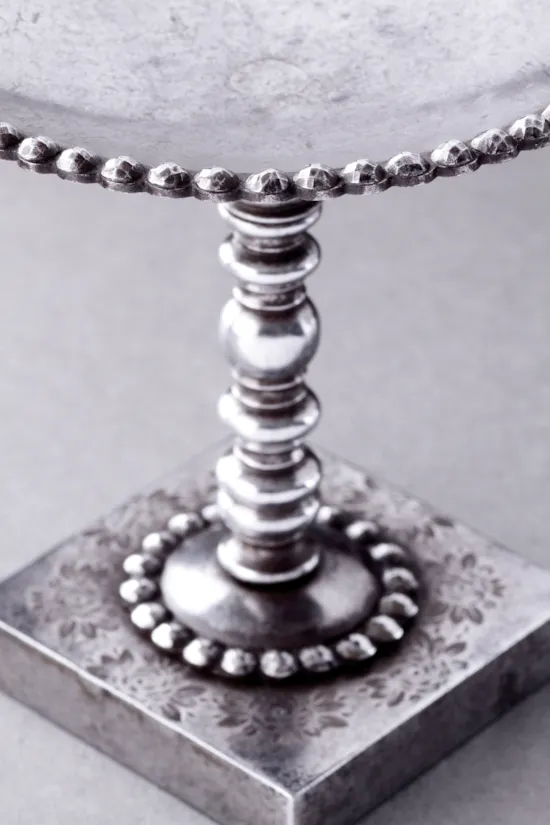
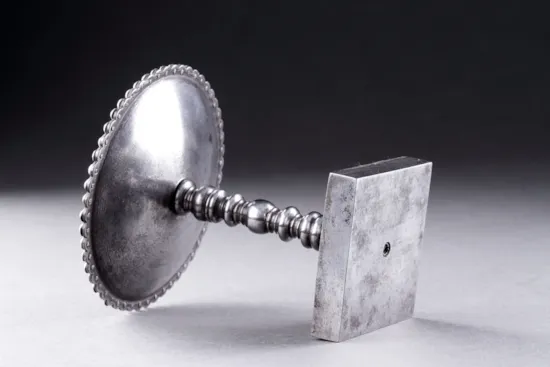










YOU MAY ALSO LIKE

